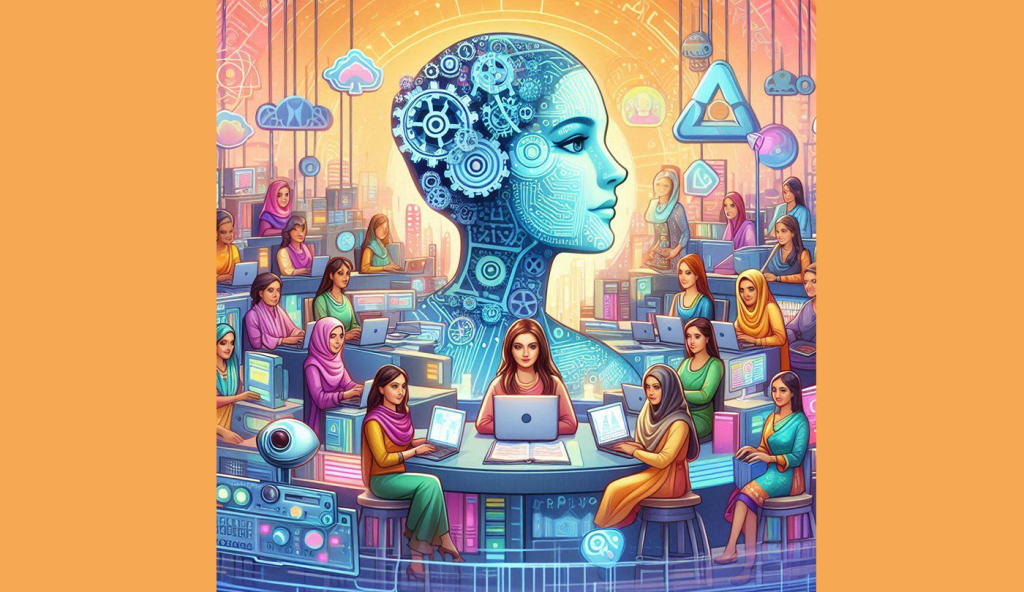
Top Trends Shaping India’s GCC Landscape in 2025
India continues to be the world’s leading hub for Global Capability Centers (GCCs), hosting more than 15% of the global total in 2024. As we step into 2025, the Indian GCC landscape is set for substantial changes driven by advancements in technology, shifts in talent acquisition strategies, and the evolving role of these centers. Here are the key trends reshaping the future of GCCs in India.
1. Strategic Value and Multi-Functional Expansion
In 2025, multinational corporations (MNCs) are increasingly viewing their GCCs as drivers of innovation and strategic value, rather than simply cost-saving entities. The focus has shifted to fostering digital-first environments that support long-term business goals and sustainable competitive advantages. In parallel, many GCCs are expanding beyond traditional roles like technology and operations, embracing additional functions such as R&D, finance, marketing, and data analytics. This multi-functional approach promotes cross-departmental collaboration, driving innovation across the business.
(Source: Zinnov Blog, December 2024; Communications Today, June 2024)
2. Rise of Tier 2 Cities as Emerging Talent Hubs
As the demand for skilled talent intensifies, GCCs are extending their reach to Tier 2 cities such as Coimbatore, Indore, Mangalore, and Bhubaneswar. These cities offer access to a highly skilled workforce at more affordable costs, making them attractive alternatives to Tier 1 cities. The shift not only helps businesses lower operational costs but also offers improved employee retention rates. This change is expected to significantly contribute to the economic growth of these emerging regions.
(Source: Economic Times, December 2024; Zinnov Blog, August 2024)
3. Government Incentives and State-Level Policies
Indian state governments are ramping up efforts to attract GCCs through policies like Karnataka’s GCC Policy 2024-2029 and offering attractive incentives, including tax breaks and infrastructural support. States like Uttar Pradesh, Madhya Pradesh, Telangana, and Maharashtra are also vying for GCC investments, providing businesses with an array of options to choose from. This competition fosters an environment where companies can find the most favorable conditions for their operations.
(Source: Economic Times, December 2024)
4. Adoption of BOT and Vendor-Assisted Models
The traditional approach of parent companies establishing independent subsidiaries is gradually being replaced by Build-Operate-Transfer (BOT) and vendor-assisted GCC models. These approaches offer better scalability, reduced risks, and lower upfront investments. By leveraging external vendors’ expertise and infrastructure, companies can implement GCCs more efficiently, allowing them to focus on their core business functions while ensuring quicker deployment and improved operations.
(Source: Morgan Lewis Blog, June 2024)
5. Leveraging Technology for Operational Excellence
Cloud computing and artificial intelligence are becoming essential for GCCs to remain competitive. By integrating these technologies, GCCs can automate operations, streamline processes, and enhance productivity. The ability to innovate using AI for data analysis and optimizing back-office functions positions GCCs as critical components of a company’s global business transformation strategy.
(Source: Denave Blog, December 2024)
6. Talent Development and Upskilling
The growing demand for specialized talent in fields like AI, data analytics, and cybersecurity is leading to fierce competition for skilled professionals. To retain top talent and meet technological demands, GCCs must prioritize upskilling and offer continuous career development opportunities. Creating a culture of learning, coupled with flexible work arrangements, is essential for improving job satisfaction and ensuring high retention rates.
(Source: Zinnov Blog, May 2024)
7. The Shift Towards Hybrid Work Models
In response to evolving workforce expectations, GCCs are embracing hybrid work models that combine both in-office and remote work. This approach not only supports work-life balance but also enables companies to tap into a broader talent pool, particularly in Tier 2 cities. Additionally, hybrid models help businesses reduce office space requirements, optimizing costs while maintaining operational efficiency and improving employee satisfaction.
(Source: EY Article, September 2024)
8. Strategic Collaborations with Educational Institutions
To address the growing skill gap, GCCs are increasingly collaborating with educational institutions to create a steady pipeline of trained professionals. These partnerships enable companies to influence curriculum design, offer internships, and provide placements, ensuring that graduates are prepared for critical fields like AI, data science, and cybersecurity. Government-funded skilling initiatives further support these efforts, equipping the workforce with certifications and specialized training to meet industry needs.
(Source: Various Government and Educational Initiatives)
Preparing for the Future of GCCs
As the role of GCCs continues to evolve, staying ahead of these emerging trends is crucial for businesses aiming to enhance their global operations. These centers will remain pivotal in driving innovation, optimizing processes, and contributing to economic growth, especially in emerging Tier 2 cities.
At GatewAI, we provide comprehensive solutions for businesses looking to establish or expand their GCCs. From strategic planning and model selection to talent acquisition and operational optimization, we help guide you through every phase of the GCC journey. Reach out to us today to learn how we can assist in unlocking the full potential of your Global Capability Center.



